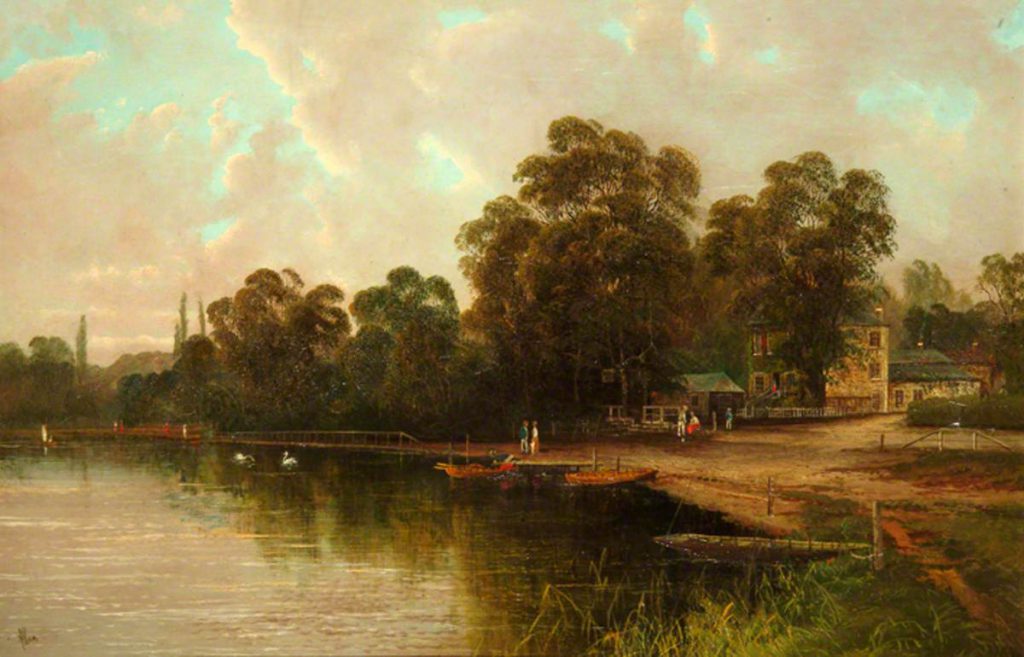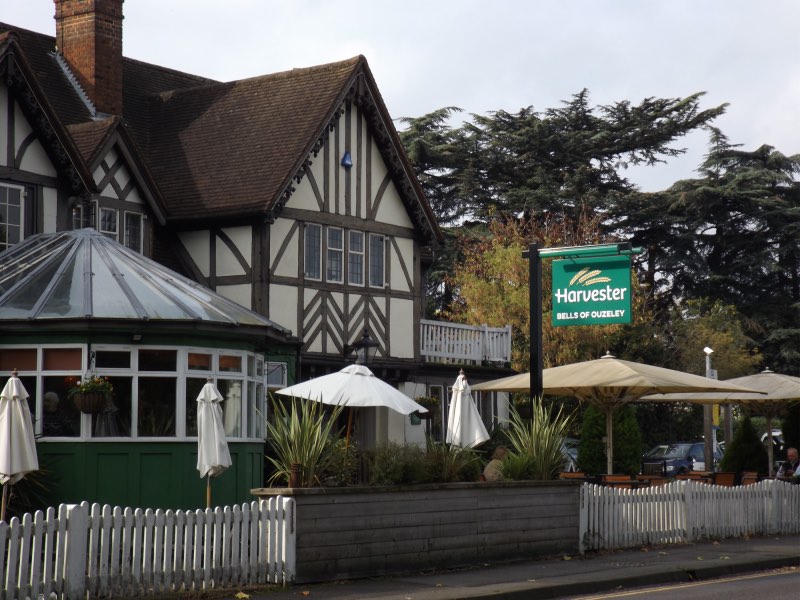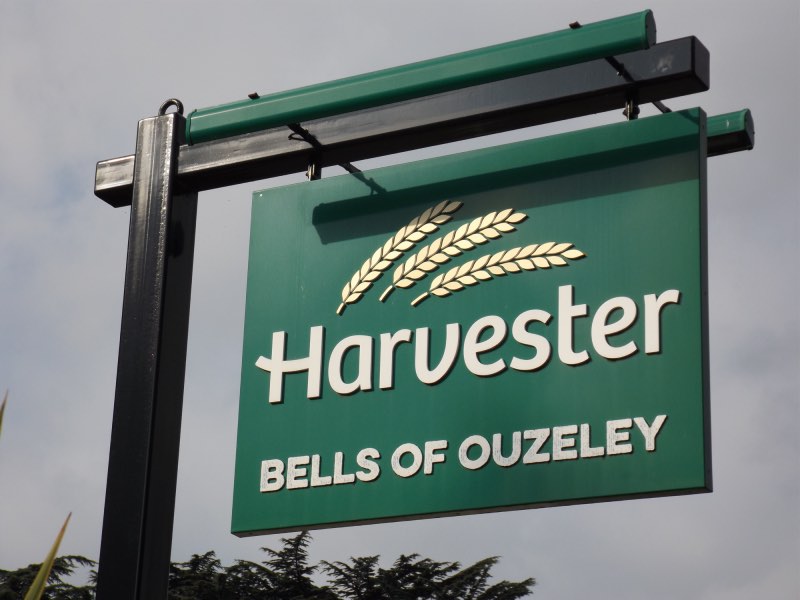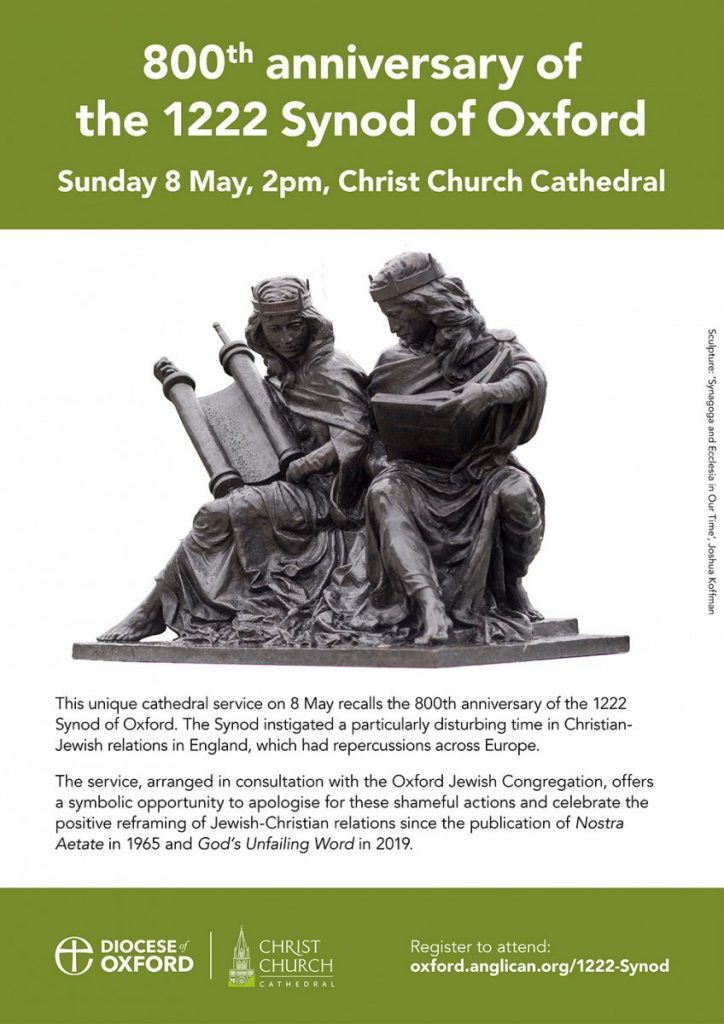
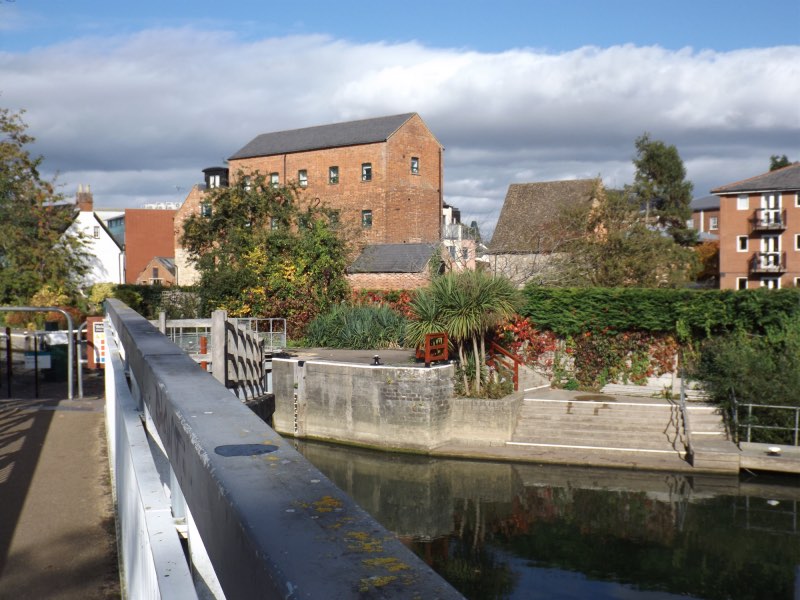
This year is the 800th anniversary of the Synod of Oxford held at Osney Abbey which stood by the Thames next to today’s Osney Lock.
The gathering at Oxford in 1222 was a special church council for all England with Archbishop of Canterbury Stephen Langton, of Magna Carta fame, in the chair.
It has been best remembered for declaring St George’s Day 23 April to be a lesser holiday which eventually led to multi-cultural saint George becoming England’s patron.
However, another decision resulted in Jews being told not to employ or mix with Christians and to wear a special badge. Although these anti-Jewish edicts, originating in Rome, were not immediately enforced it was a seminal moment and the the Church of England is marking the anniversary by making a public repentance in Oxford of this anti-semitism.
There will be a special service at Christ Church cathedral, the successor of nearby Osney, on Sunday 8 May at 2pm. Members of the Oxford Jewish Congregation have been involved in preparations and will be present along with the Bishop of Oxford and the Lord Mayor.
The service is being live streamed on the Oxford Cathedral YouTube channel.
Osney Abbey was an Augustinian monastery founded in 1129 at the prompting of Edith who was regretting having been Henry I’s mistress. Geoffrey Chaucer who knew Osney in the late 1300s mentions the abbey in The Canterbury Tales.
The main river channel was cut by monks to drive their mill.
After the dissolution of the monastery in 1539 all that is left is a 14th-century stone barn with a high roof (just visible from Osney Lock) and a blocked window.
A 20th-century plaque on the stonework mentions Robert of Reading suffering for his Jewish faith earlier in 1222.
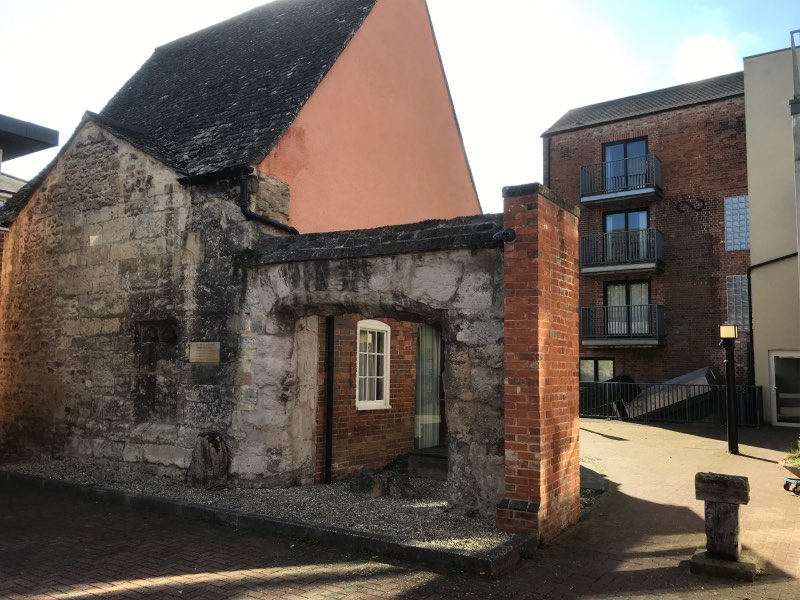
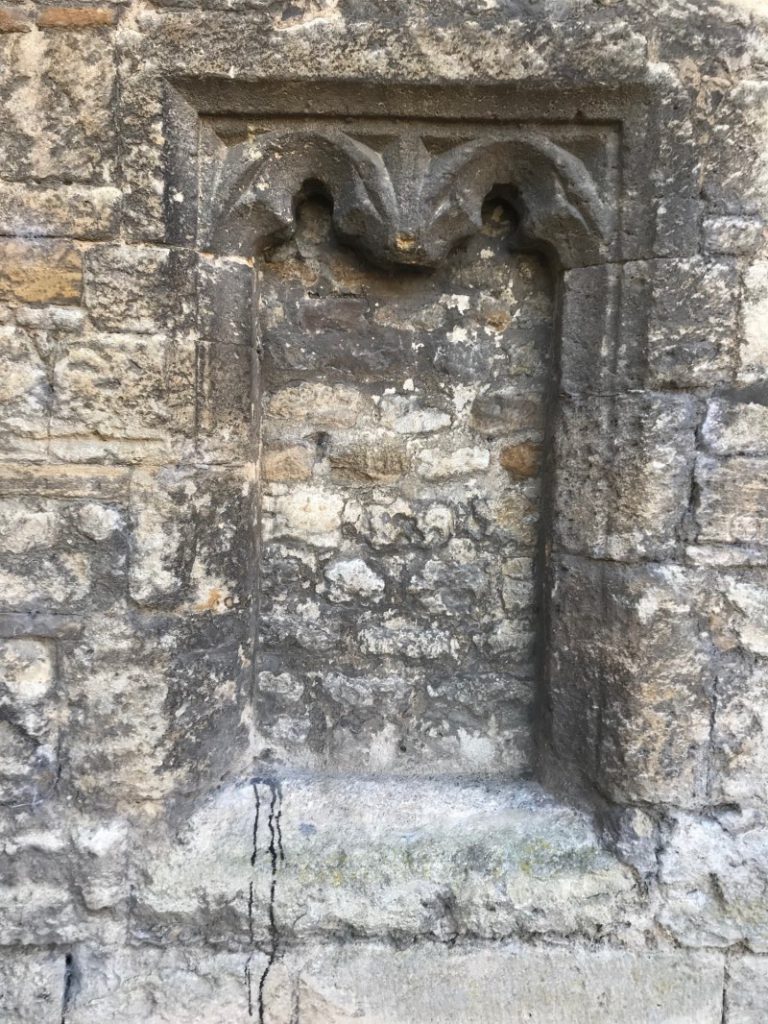
Runnymede claims the bells
There is a reminder on the Thames Path of Osney Abbey long before you reach Oxford. The riverside Bells of Ouzeley pub is on the towpath at Runnymede.
The name is a corruption of Osney due to the claim that Osney Abbey’s bells are here in the river having been brought downstream in 1538 by monks trying to save them from Henry VIII who was about to close the monastery.
Their rafts allegedly ran aground leaving the bells to be sucked into the muddy riverbed and lost for ever.
However, the Great Tom bell heard every evening at Christ Church Oxford is said to be a bell which remained hanging in Osney’s tower when Henry VIII briefly turned the closed abbey into Oxford’s first cathedral. Two other Christ Church bells dated 1410 are thought to be part of a bells transfer from Osney to Christ Church found in a record dated 1546.
The Runnymede inn’s name was at first spelt Ouseley without the z which more reflects the original Oxford spelling Oseney.
The inn existed at least in the 18th century and was painted by Thomas Rowlandson in about 1800. Today’s building dates from 1929 when the main road was moved from behind the pub and laid alongside the towpath.
